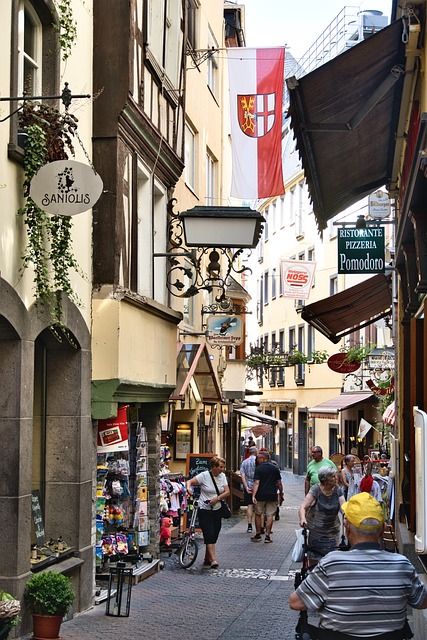Maximizing real estate success depends on understanding and leveraging foot traffic patterns. By analyzing people's movement (origin, destination, and draws), developers can strategically position properties in locations with high pedestrian activity. Key drivers include proximity to essential amenities, well-designed transportation networks, and vibrant community spaces. Mixed-use development integrating residential, commercial, and retail spaces further boosts foot traffic. Effective tactics include strategic location selection, pedestrian-friendly design, and robust signage systems. These strategies create thriving communities with increased overall area footfall and higher property values.
In the dynamic world of real estate, understanding foot traffic patterns is paramount for sustained success. This article delves into the intricate relationship between location and pedestrian activity, exploring key factors influencing foot traffic and their profound impact on property value. We equip developers and investors with actionable strategies to maximize foot traffic potential, ensuring vibrant and prosperous real estate ventures. By harnessing insights from data-driven analysis and strategic planning, you can navigate the market effectively and capitalize on rising demand.
Understanding Foot Traffic Patterns: Why Location Matters in Real Estate

Understanding foot traffic patterns is a cornerstone for real estate success. In today’s competitive market, location remains the paramount factor in attracting and retaining sustained foot traffic. By analyzing how people move through an area, businesses and developers can strategically position themselves to capture the attention of their target audience. This involves understanding not just where people are coming from and where they’re going, but also what amenities and attractions draw them in.
In real estate, location isn’t just about proximity to basic necessities like grocery stores or schools; it’s about creating an environment that fosters engagement and encourages prolonged stays. Areas with vibrant street life, accessible public spaces, and a mix of retail, residential, and commercial properties tend to attract and retain foot traffic more effectively. This creates a positive feedback loop where increased activity generates further interest, ultimately driving the success and value of nearby properties.
Key Factors Influencing Pedestrian Traffic and Their Impact on Property Value

In real estate, understanding key factors influencing pedestrian traffic is paramount for maximizing property value. Proximity to essential amenities like schools, hospitals, and shopping centers significantly boosts footfall, making areas around these services more desirable and increasing property values. Easy accessibility through well-designed transportation networks, including public transport hubs and major road intersections, also attracts a steady stream of pedestrians, enhancing the area’s overall appeal.
Moreover, vibrant community spaces such as parks, markets, and cultural landmarks serve as natural draws, fostering social interaction and creating a sense of belonging that encourages people to linger and explore. These factors collectively contribute to the creation of thriving neighborhoods where sustained foot traffic not only enhances the quality of life for residents but also drives up property values, making investments in these locations highly lucrative.
Strategies for Developers and Investors: Maximizing Foot Traffic Potential

For real estate developers and investors, maximizing foot traffic is a key strategy to ensure the success and longevity of their projects. One effective approach is to prioritize mixed-use development, integrating residential, commercial, and retail spaces within close proximity. This creates a vibrant environment where residents, workers, and visitors alike can access amenities and services without extensive travel, thereby increasing the area’s overall footfall.
Additionally, developers should consider strategic location choices, focusing on areas with established public transportation networks and high visibility. Implementing pedestrian-friendly design elements like wide sidewalks, well-lit paths, and scenic routes can also encourage people to walk and explore. Effective signage and wayfinding systems further enhance the experience, guiding individuals through the development and fostering a sense of discovery and engagement.






